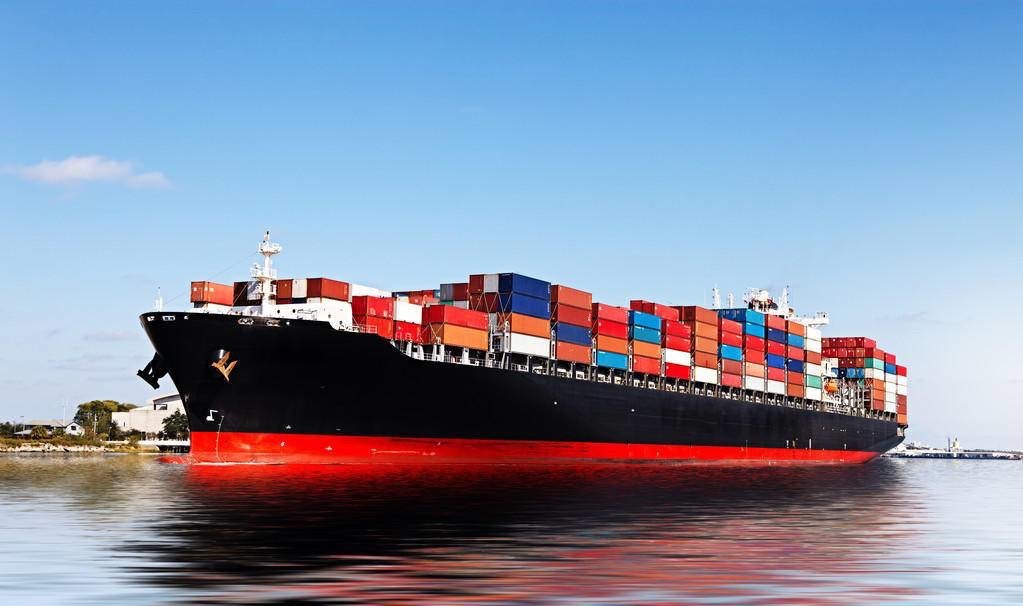The international shipping industry has experienced a significant upheaval in May 2024, marked by skyrocketing costs and acute space shortages. Several geopolitical and economic factors have converged to create this challenging environment. Here, we delve into the root causes of these disruptions, explore their broader implications, and propose actionable strategies to mitigate the impact on global trade.
Key Factors Driving Shipping Costs
Red Sea Crisis and Detours: The crisis in the Red Sea has forced maritime routes to reroute around Africa, traditionally a secondary passage with limited capacity. This sudden shift has led to an unexpected influx of vessels on the African route. The longer journeys required for these detours, coupled with increased port calls for refueling and supplies, have stretched the operational capacities of shipping lines.
Port Congestion and Container Shortage
The longer transit times and enhanced use of transshipment ports due to the African detour have caused severe port congestion. Many containers are now tied up in extended shipping cycles, which has precipitated a notable shortage of available containers. This scarcity has been a critical factor in the escalation of shipping rates.
Surge in Electric Vehicle (EV) Shipments to South America
In anticipation of new tariffs imposed by Brazil and Mexico on Chinese-made electric vehicles starting in July, manufacturers like BYD have preemptively shipped substantial volumes to these markets. Over 100,000 vehicles have been sent, monopolizing much of the available shipping capacity. This massive allocation of resources to EVs has not only squeezed capacity but has also led to congestion at destination ports.
Political Factors and Early Peak Season
The looming U.S. election has stirred fears of future tariffs of 50-60% on Chinese goods, prompting a rush by Chinese exporters to ship goods to alternative markets like South America. This has brought the peak shipping season forward, further straining available resources.
CONSEQUENCES of Increased Shipping Costs
The cascading effect of these disruptions has been profound:
Inflationary Pressures: The increased cost of shipping goods is being passed onto consumers, contributing to global inflation.
Supply Chain Delays: Businesses across various sectors are facing delays in receiving raw materials and finished goods, disrupting production schedules and market availability.
Competitive Disadvantages: Companies unable to absorb or offset the higher shipping costs are finding themselves at a competitive disadvantage, potentially losing market share to those with better-managed supply chains.

